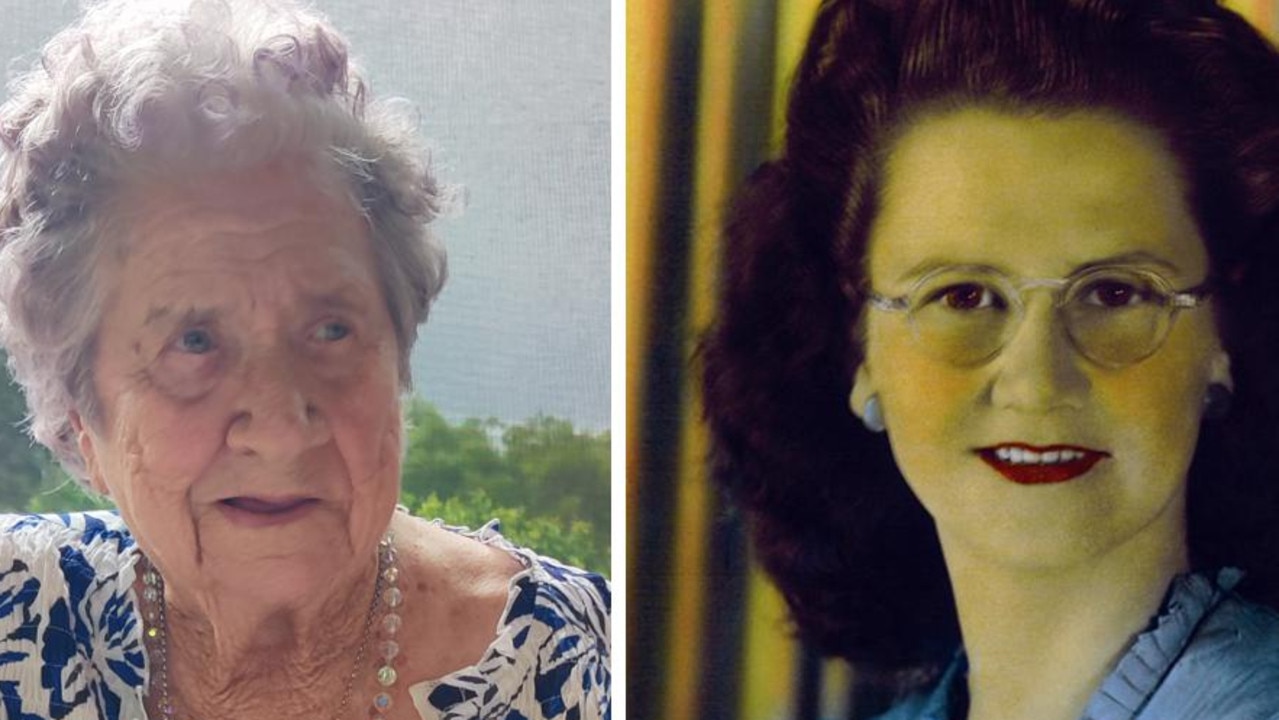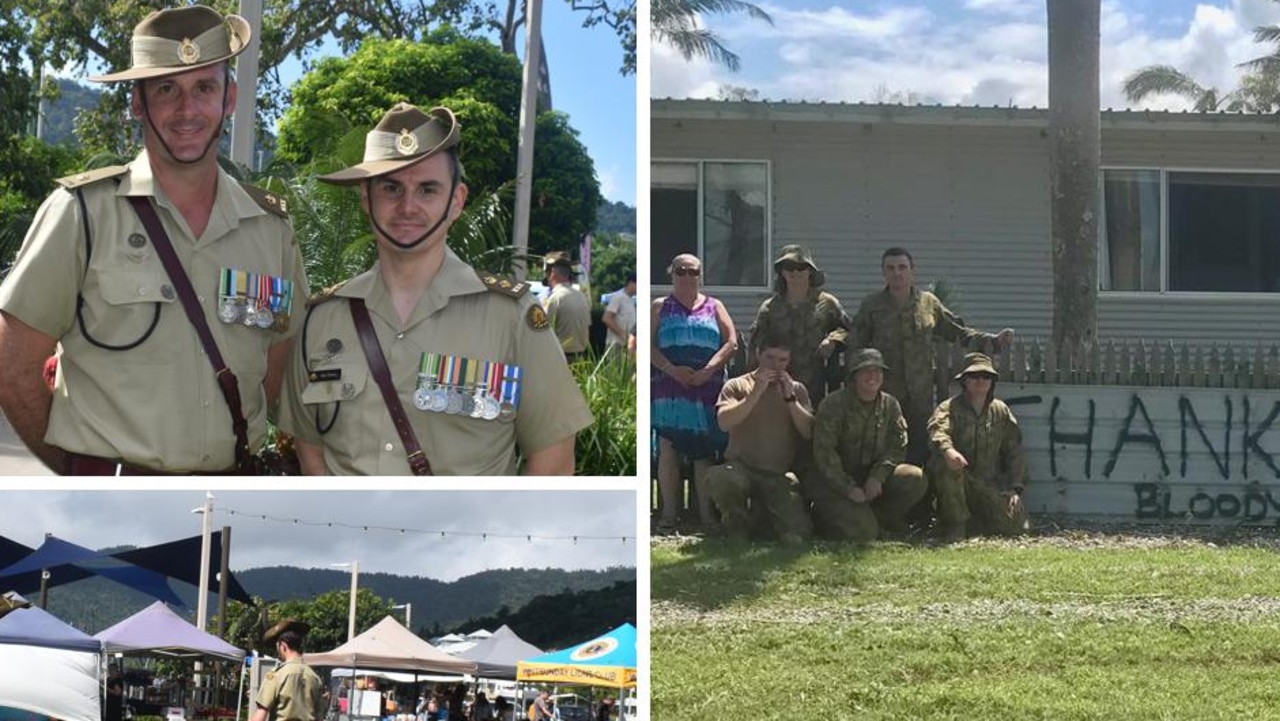Proserpine’s chemical warfare experiments told by Margaret Newman
A former Queensland resident has unveiled a dark secret about her former seaside town, exposing how the army used them as guinea pigs to test poisonous gas.
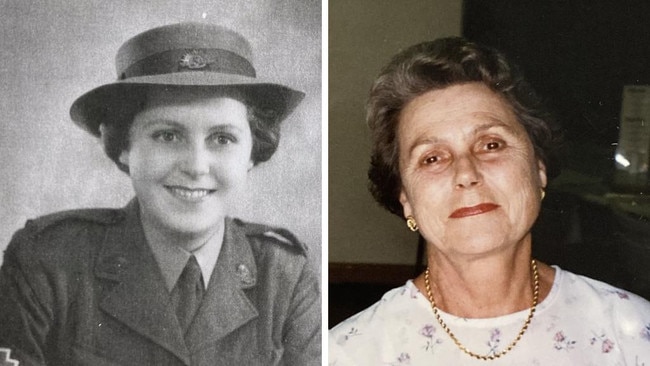
Pride of Australia
Don't miss out on the headlines from Pride of Australia. Followed categories will be added to My News.
A former Queensland resident has unveiled a dark secret about her former seaside town, exposing how the army used them as guinea pigs to test poisonous gas.
Recently turning 100, Margaret Newman divulged the hidden past to her granddaughter Andrea Newman, decades after the government went to great efforts to keep the shocking experiments under wraps.
Margaret was just 21 when she embarked on the journey of a lifetime, pleading with her father to enlist in the Australian Army Medical Women’s Services.
That decision would send her thousands of kilometres away from her hometown in Jamestown, South Australia to the small township of Proserpine in the Whitsundays.
“I was looking for adventure and a way of helping my country,” Margaret said.
By that point, World War II was well underway and women were encouraged to join the war effort and support their fellow countrymen.
The Pacific War became a very real threat come 1942 as Japanese forces advanced towards Australia, launching air raids on Darwin and Broome, attacking ships offshore, and sending midget submarines into Sydney Harbour.
In a strategy to gain the upper edge, a plan was hatched between the US and Australian forces to experiment on and train people in chemical warfare at “secret” facilities.
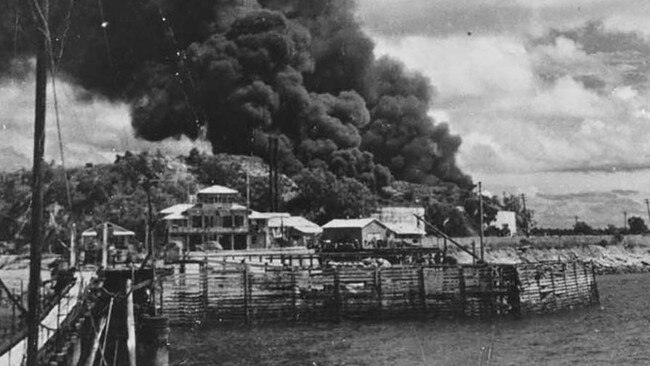
This is where Margaret was sent in 1944, to work as an army officer’s secretary in Proserpine, recording chemical testings carried out on army volunteers by the 1st Fields Trial Company, Royal Australian Engineers.
But it wasn’t something she was allowed to share with her family.
“Anyone who did write about it had it erased from their letters,” Margaret said, adding all correspondence was proofread without fail.
But what was being tested in Gunyarra near Proserpine?
Proserpine’s Australian Field Experimental Station, or the Permanent Chemical Warfare Station, was on private property at Gunyarra, next-door to where the Whitsunday Coast Airport is now and not far from the Bruce Highway.
There they sprayed mustard gas or dropped bombs from planes to test the army’s protective gear plus develop ointments to treat chemical burns.
“We would have to dress up in fully impregnated clothing and go out to the fields … to take samples of the air with gas in it, and we sampled the gas on cardboard,” Margaret said.
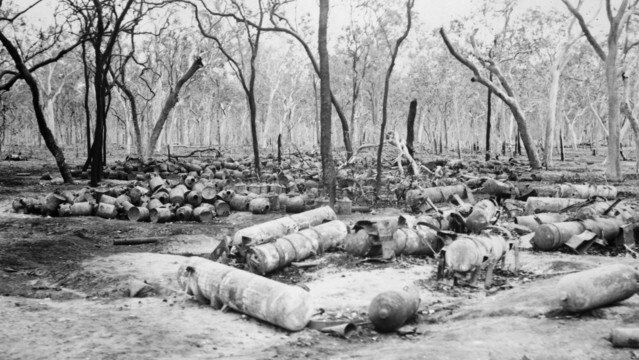
“We did this to relieve the men because (they) found it a very tiresome task.
“They didn’t stand up to it as well as we did, it was a very demanding job in the middle of a Queensland summer.
“Some of the men when they did it threw up in their gas masks, but the women never did.”
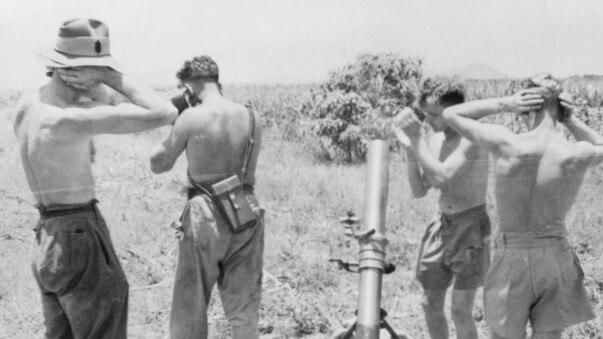
Margaret said the clothing provisions included gas masks, army greens, and oil skin gloves and boots, but some volunteers went without any protective equipment.
“The nursing staff attended to them and we generally didn’t see a lot of their injuries,” she said.
“What I did see was quite nasty blisters.
“We didn’t question what we were doing, we were told to do it.”
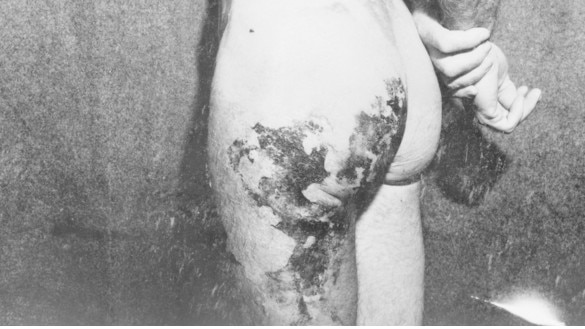
The importance to remember
Margaret’s son Paul Newman said his mum turned 100 on November 1, but she no longer remembers her wartime service as she has dementia.
Mr Newman believes his mum is the only person still alive today that was part of the secret experiments at the Gunyarra centre and that it is “so important” to remember her story.
“We prefer to remember her when she was wonderful,” he said.
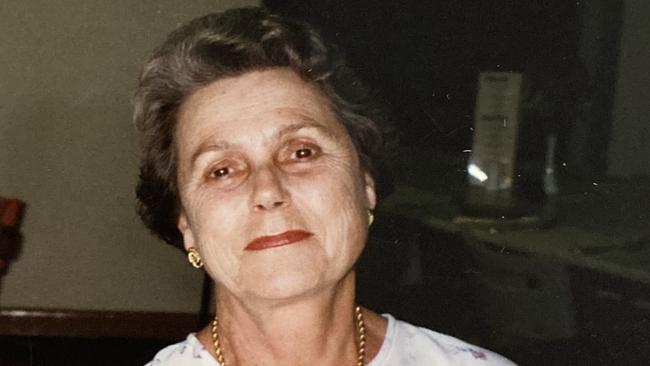
-- This article was written with help from the Proserpine Museum--



